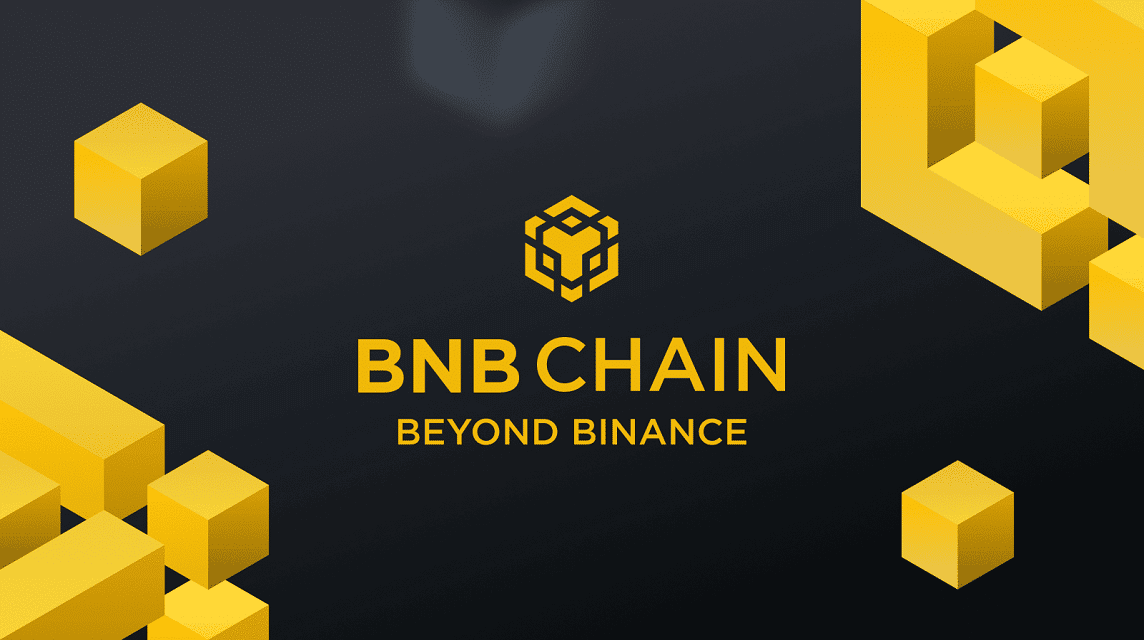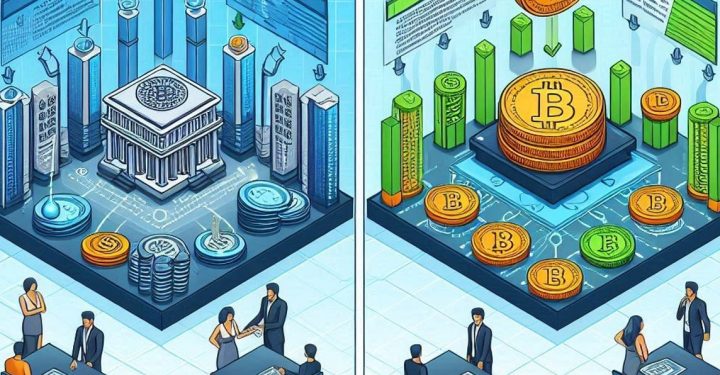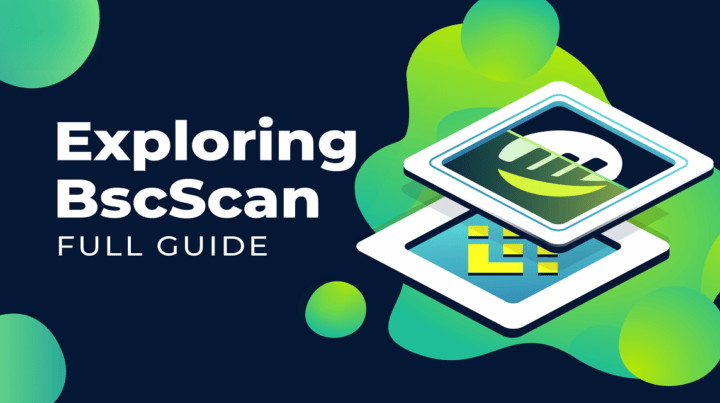As a crypto trading platform, Binance certainly has a lot of developments and innovations. One of them is the Binance Smart Chain which was launched in 2019.
Binance Smart Chain (BSC) is a blockchain network that has been designed to run applications based on smart contracts.
BSC works alongside Binance Chain (BSC), allowing users to take advantage of both advanced trading capabilities and smart contract functionality.
Additionally, Binance Smart Chain also operates an Ethereum Virtual Machine (EVM), which enables the network to run Ethereum-like applications MetaMask.
BSC's goal is to make it easy for developers to build decentralized applications (DApps) and help users manage their crypto assets across the chain with low latency and high capacity.
How Binance Smart Chain Works
The following is an explanation of how BSC works that you should know if you use the platform for trading.
Consensus
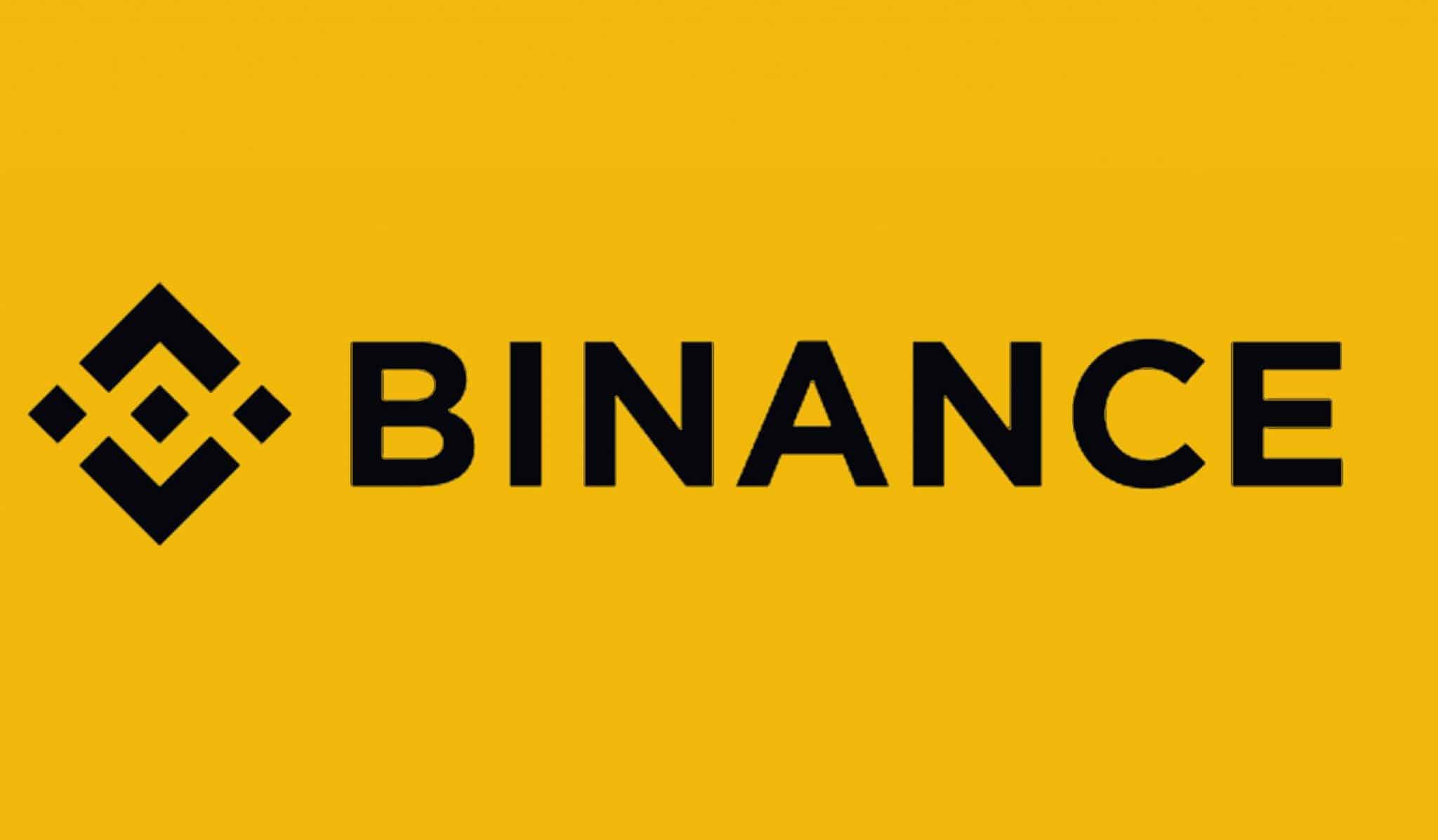
BSC achieves about 3 seconds of blocking time using process Proof-of-Stake. Specifically, the protocol uses something called Proof-of-Stake Authority (or PoSA), where traders can stake BNB tokens to become sponsors.
If they issue a valid block, they will receive transaction fees and transactions included in the block.
Ethereum compatibility
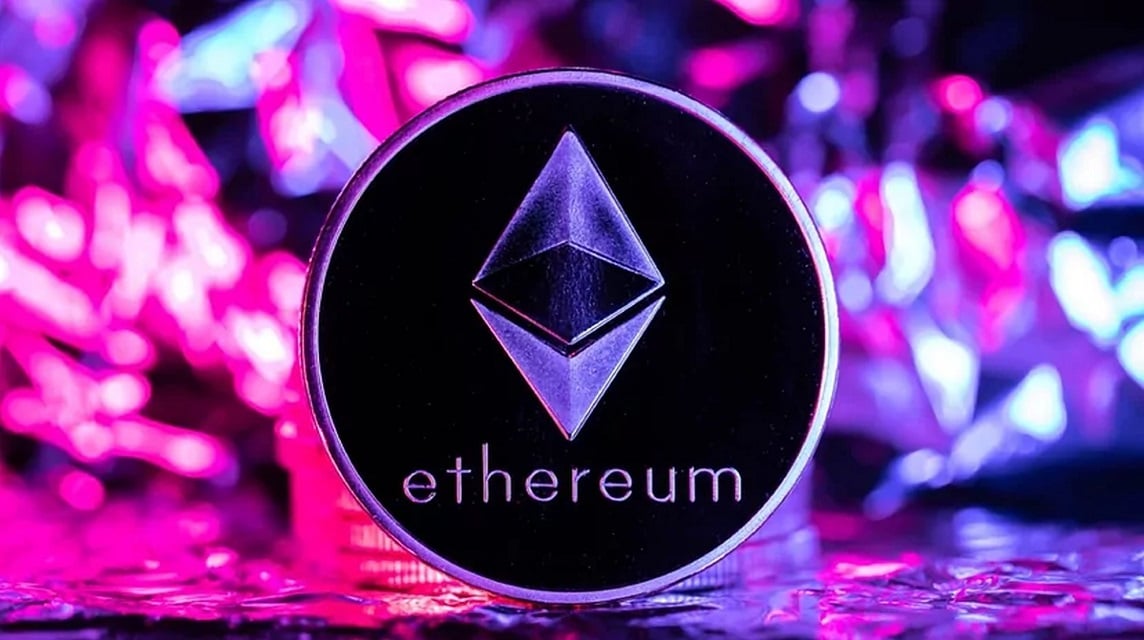
Ethereum-compatible BSC is currently supported by BSC. With this feature, developers can create or migrate DApps and other environments to the BSC network without much conflict.
Also read: 5 Best Crypto Wallets in the World, Traders Must Have!
Cross-chain capability
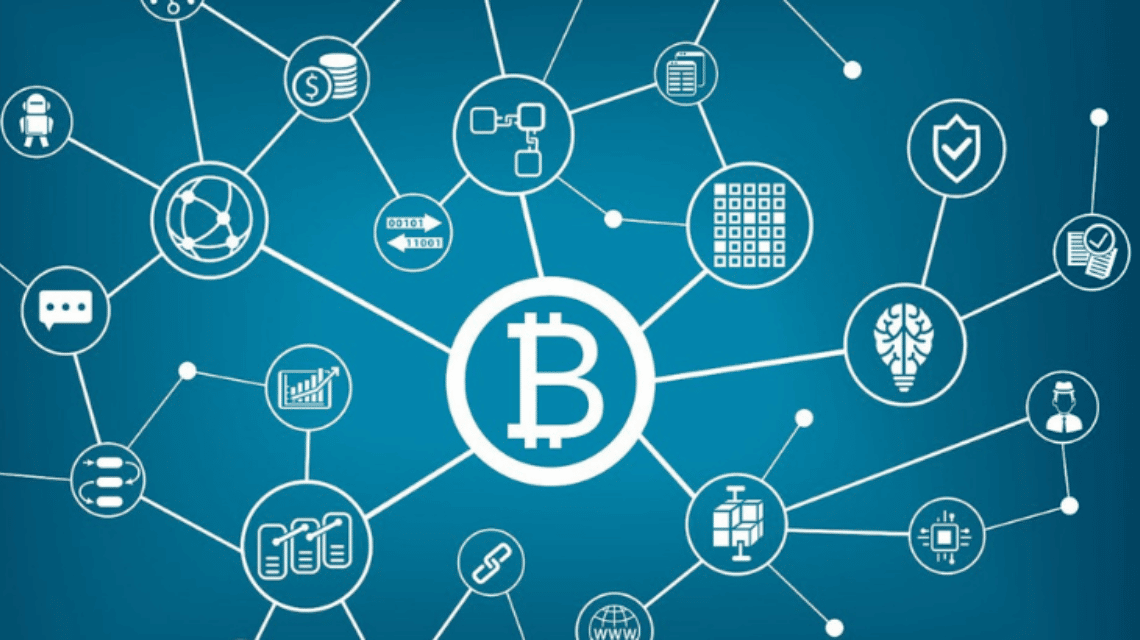
This platform works in the form of a contract Proof-of-Stake (Post). BSC benchmark, BNB can now be applied to help with network security and voting on local government policies.
Its PoS model also allows it to process transactions quickly, placing it above networks that still implement proof-of-work (PoW) systems.
Unlike other systems, there is no block support of the new BNB, because BNB is not a currency. On the other hand, the supply of BNB will continue to decrease over time as Binance members are constantly burning.
Binance Smart Chain is envisioned as an independent yet complementary system to Binance Chain. The network uses a cross-chain architecture with the idea that users can easily transfer assets from one blockchain to another.
In this way, transactions can be completed quickly on the Binance Chain. Through this collaboration, users are exposed to large environments that can serve multiple uses.
Binance Chain's BEP-2 and BEP-8 tokens can be exchanged for BEP-20 tokens, a new standard introduced for Binance Smart Chain.
Also read: How to Create a Pancakeswap Account, Beginners Must Read!
Thanks to the evolution of BSC, assets from many different chains can be used in the growing DeFi space. For example, apps like PancakeSwap allow users to easily trade trustless assets (like Uniswap), farm, and vote on network exchange schemes.
